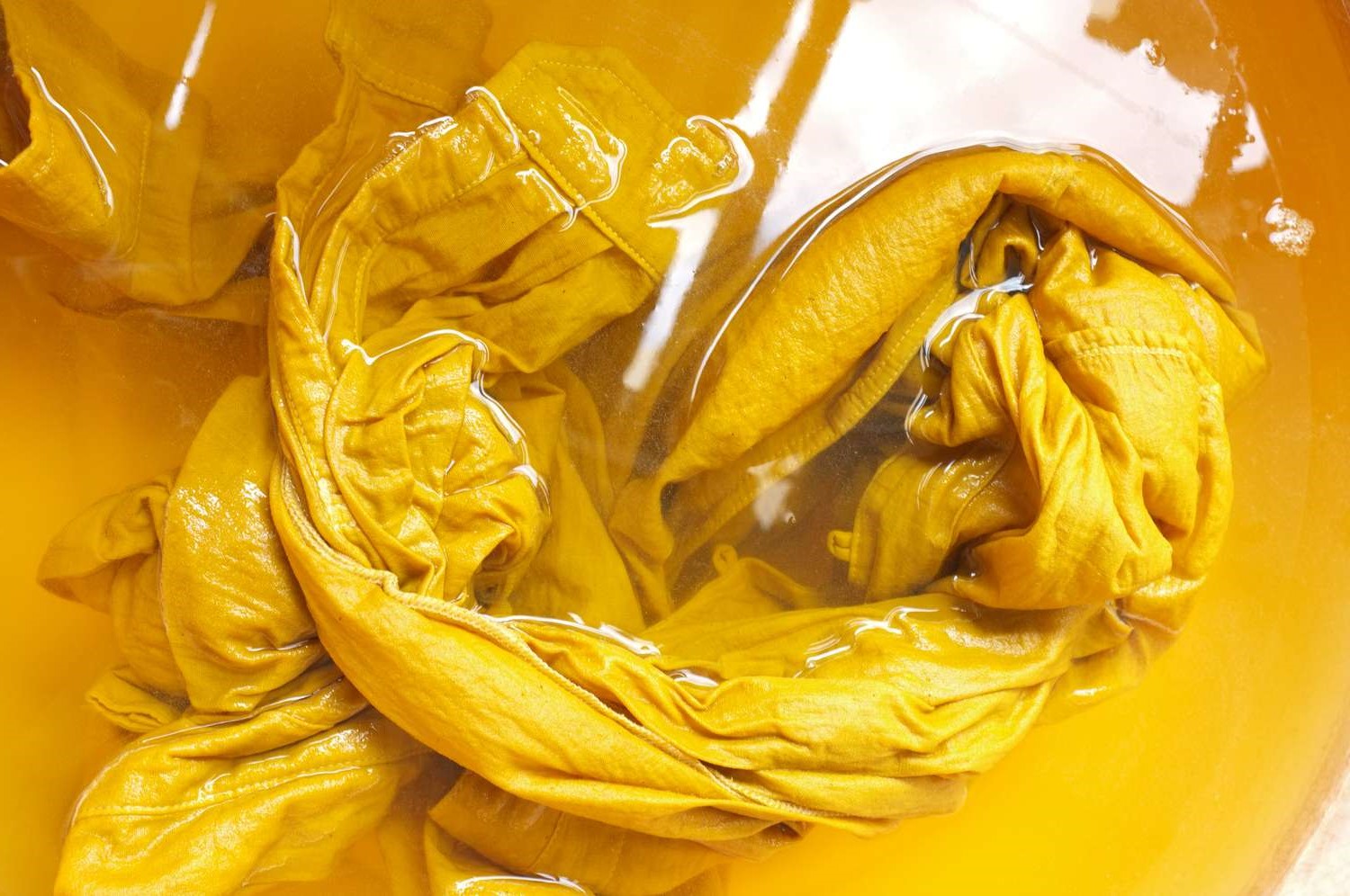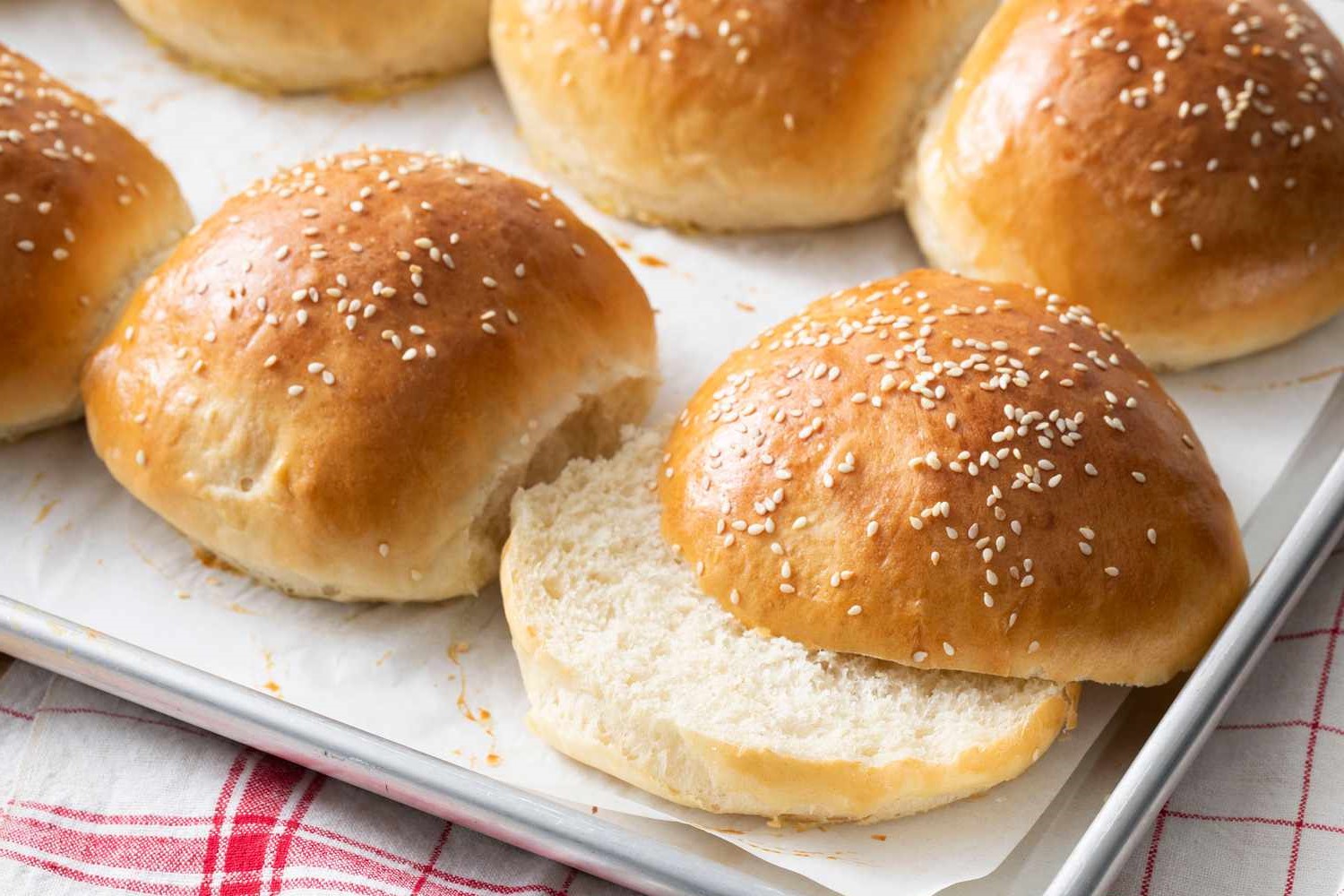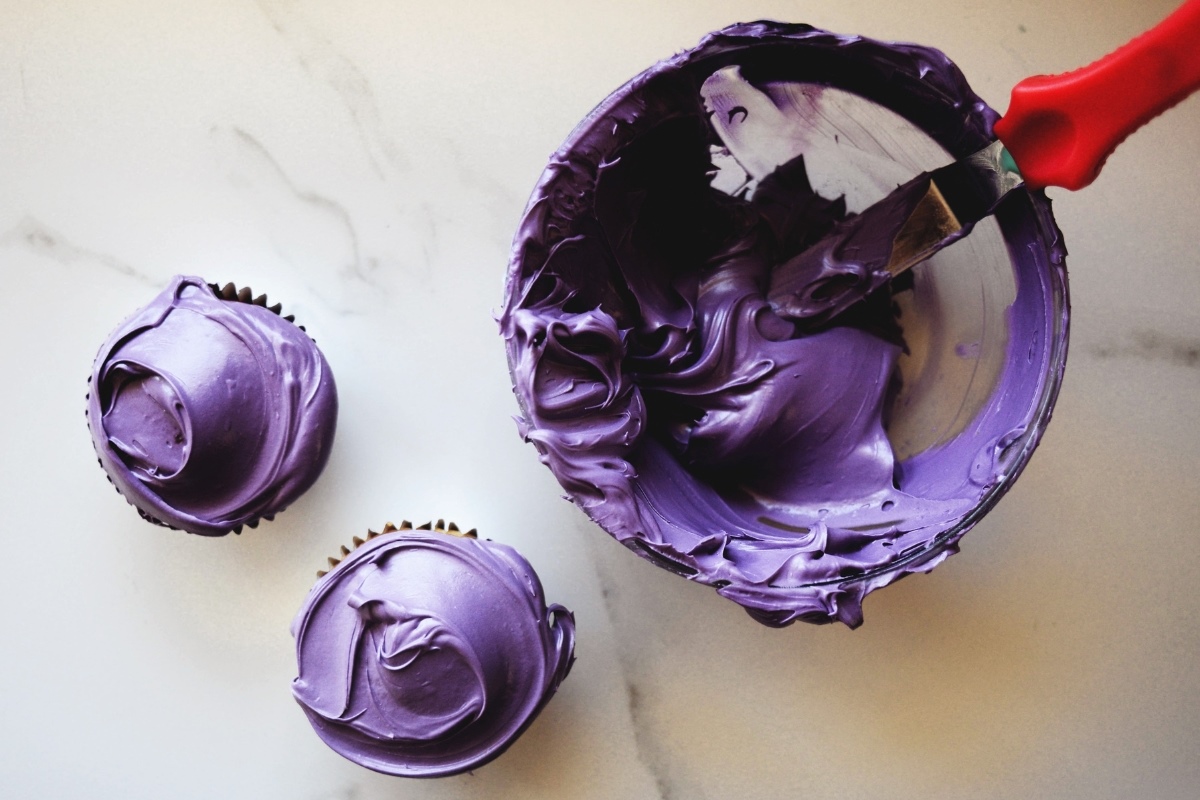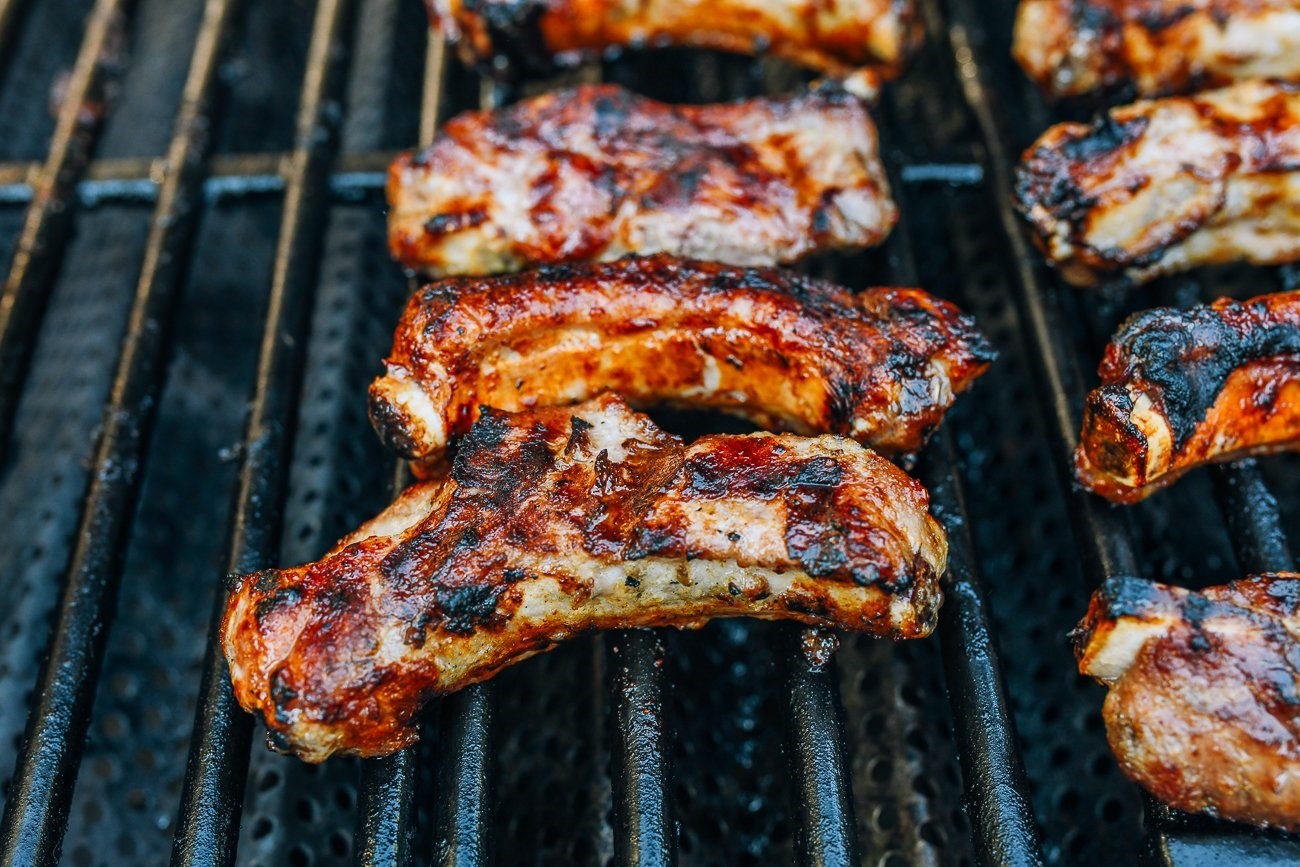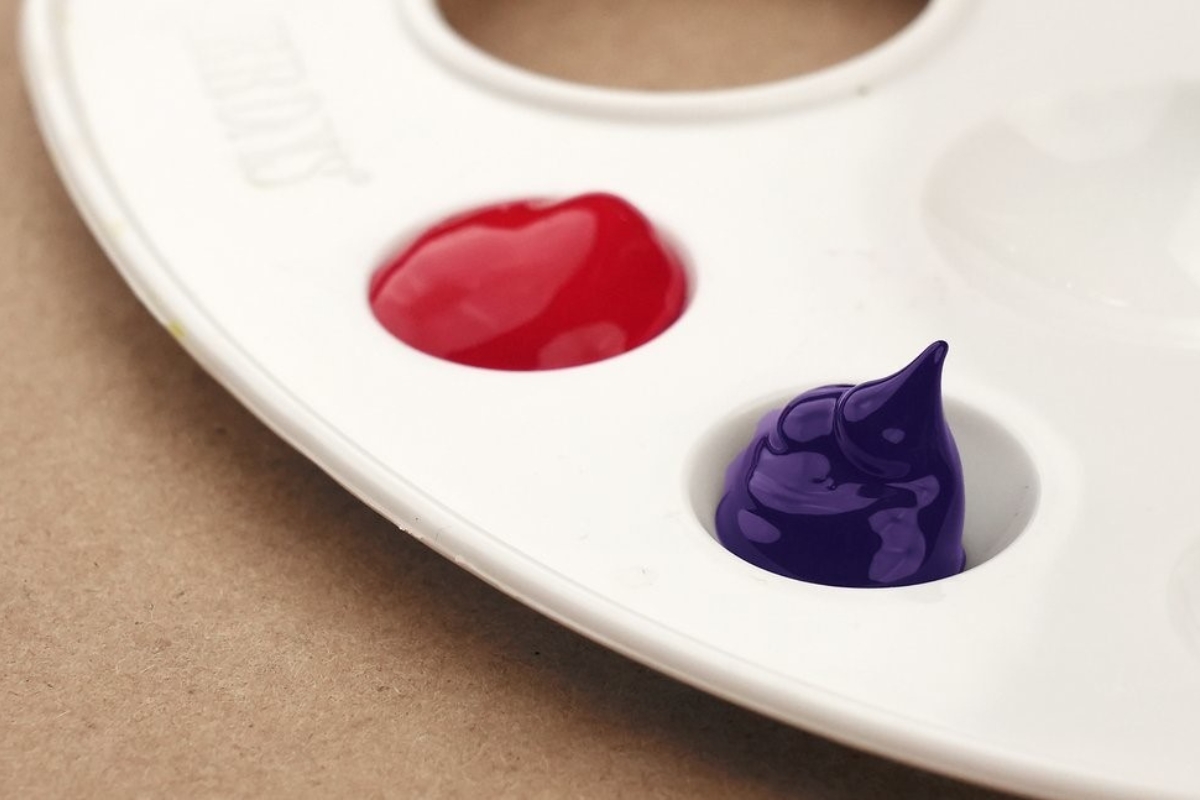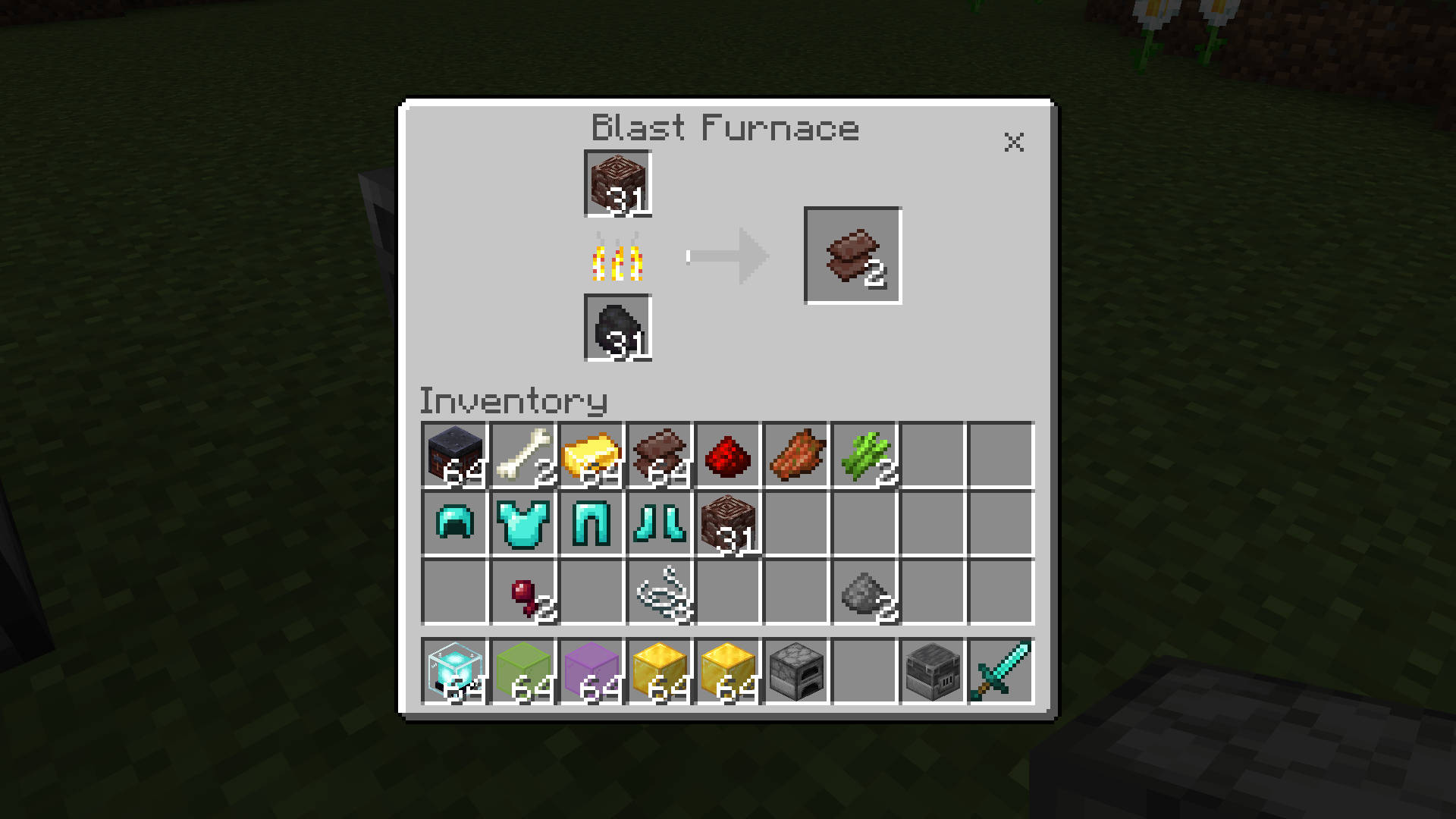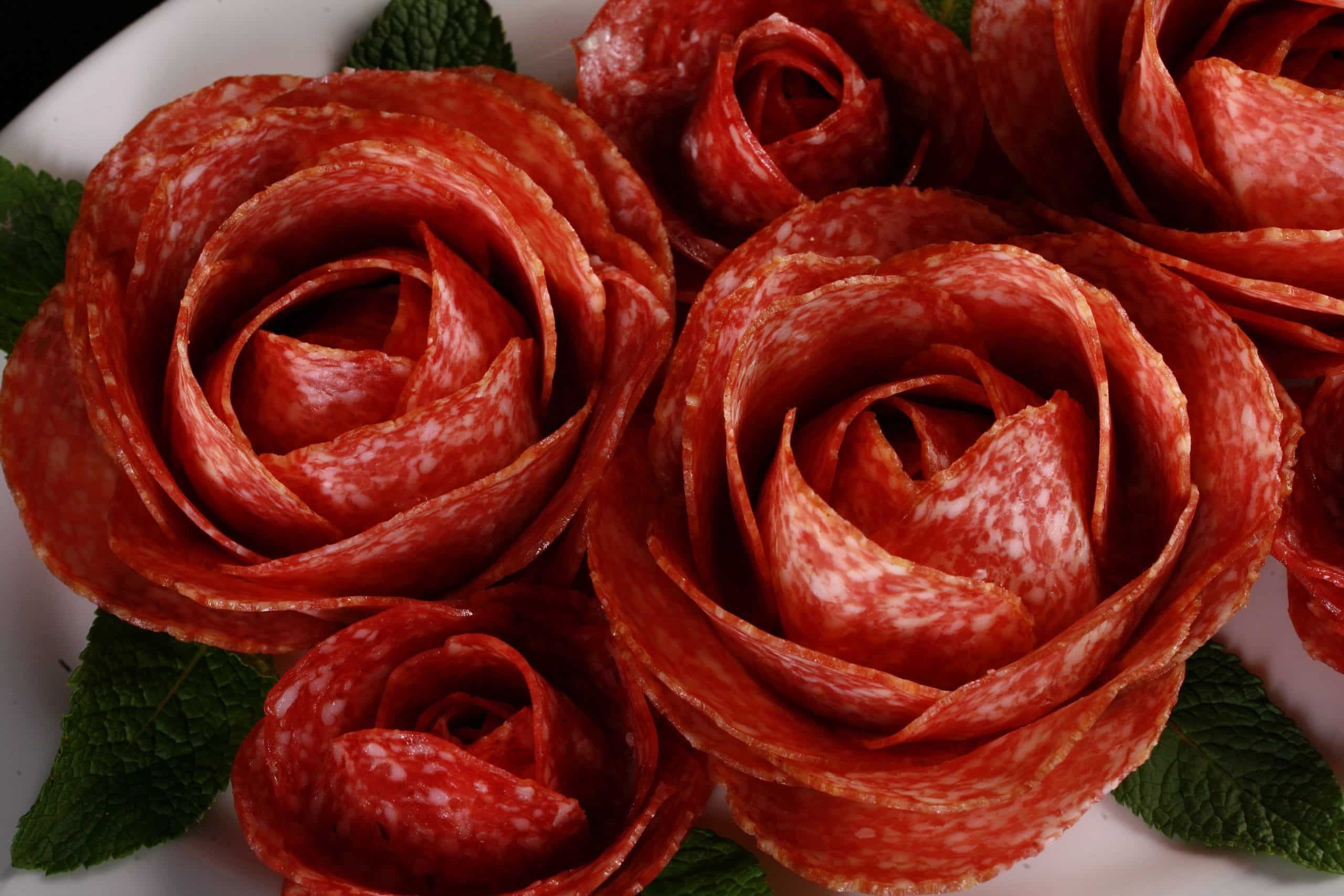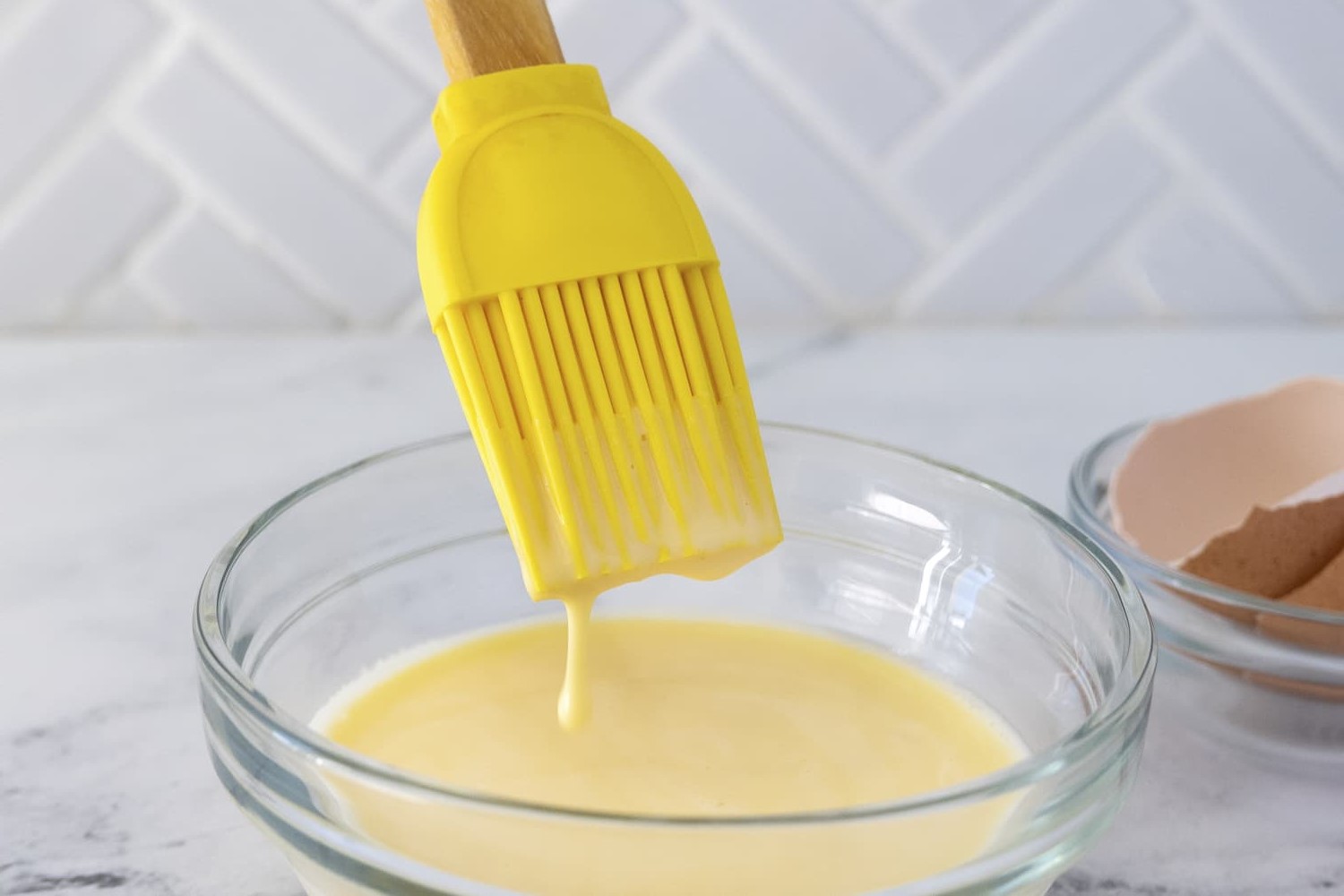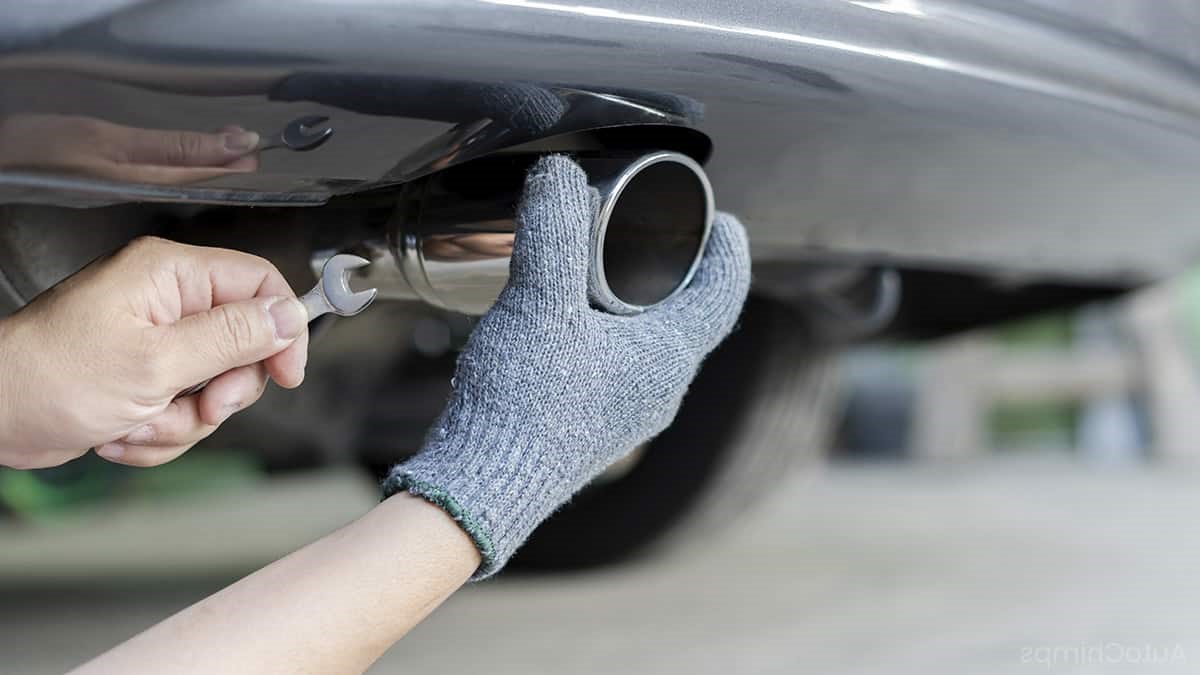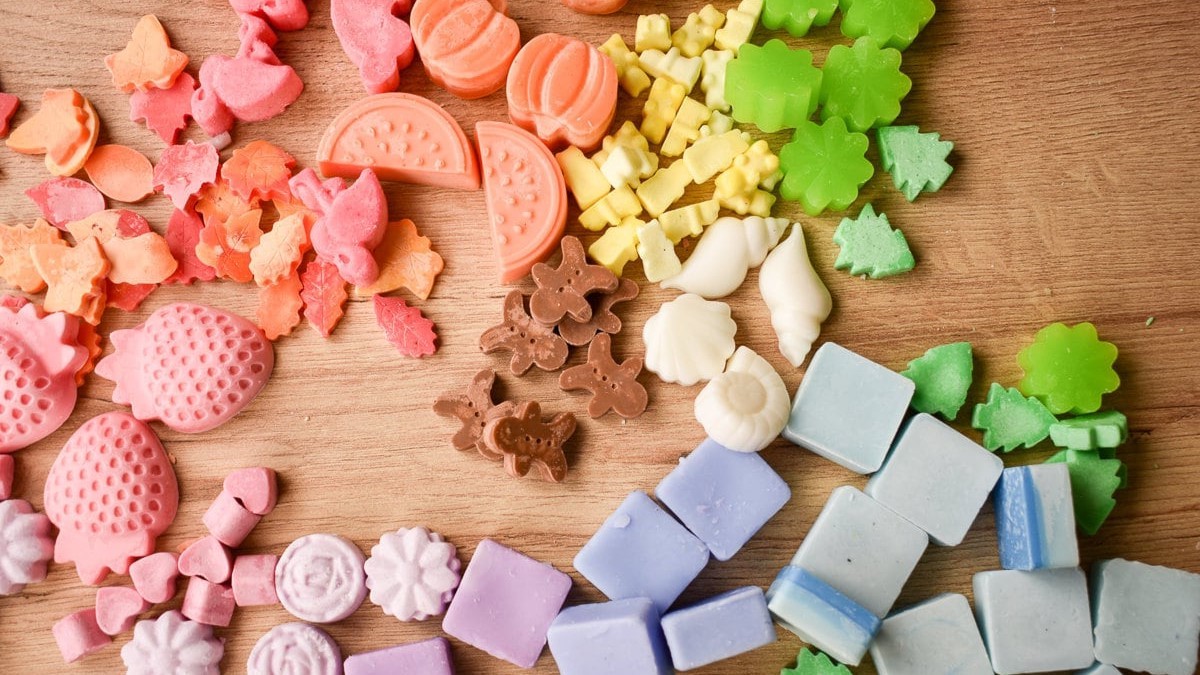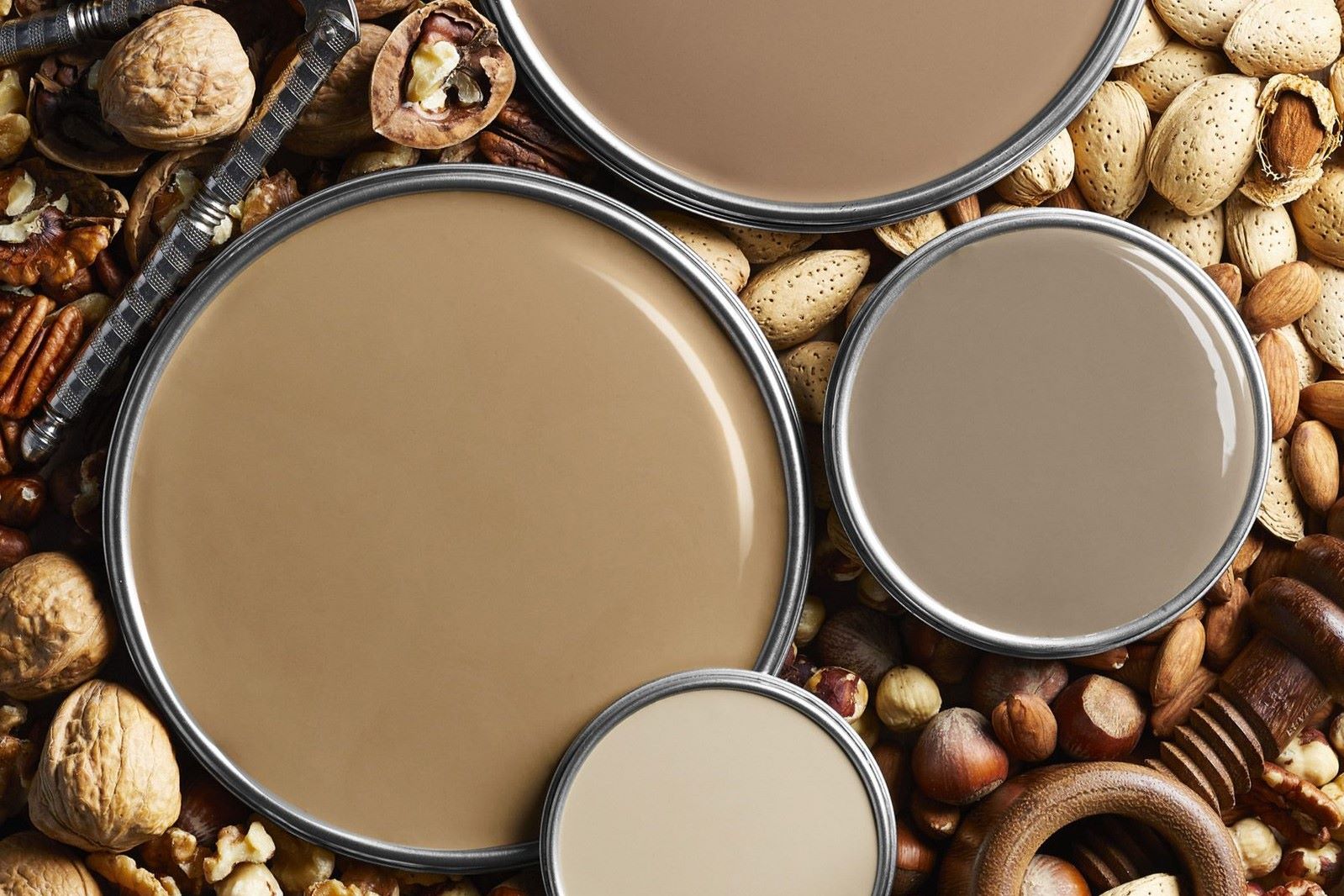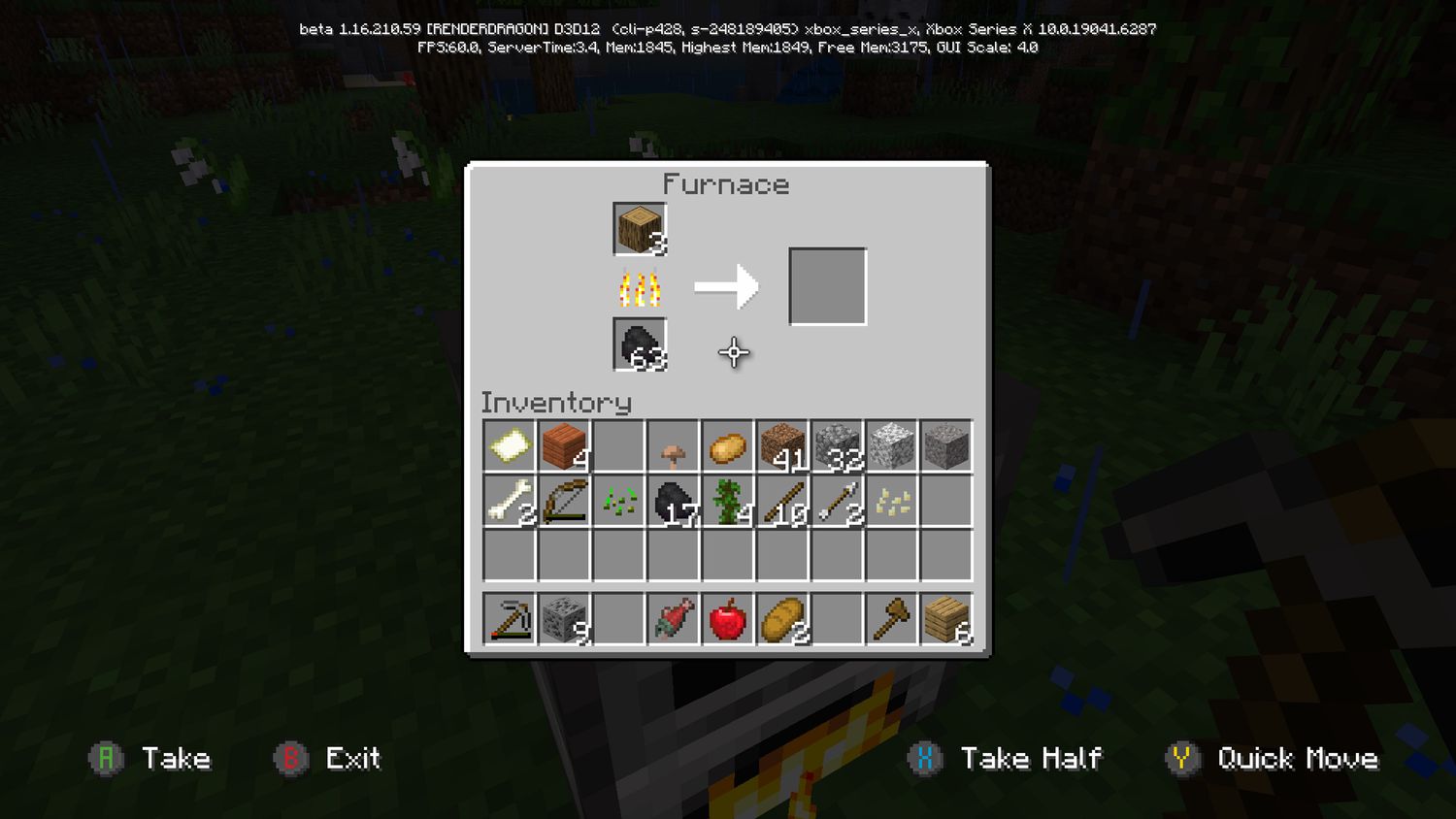Home>Home and Garden>How To Make Charcoal
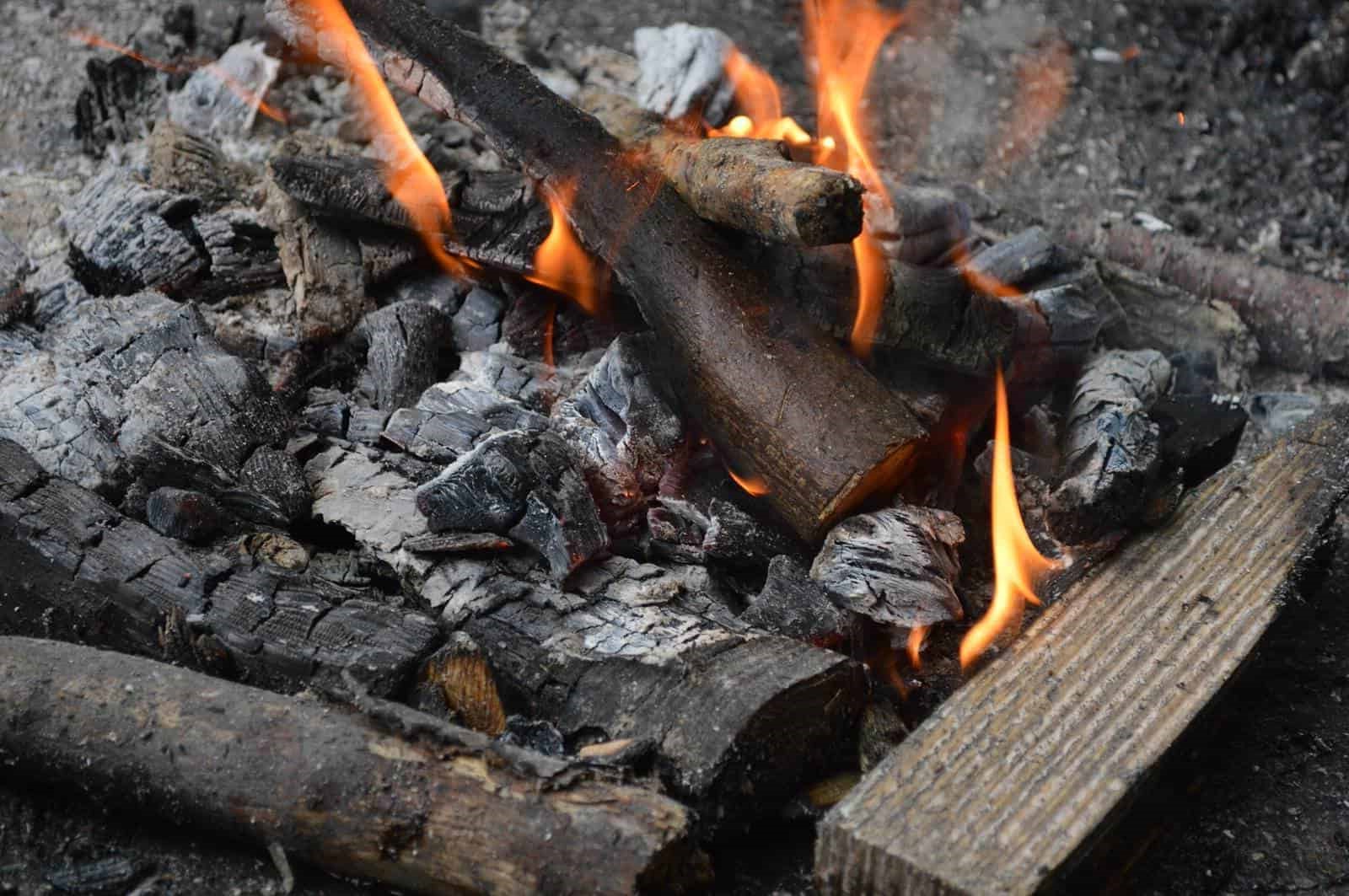

Home and Garden
How To Make Charcoal
Published: March 3, 2024
Learn how to make charcoal at home with our easy step-by-step guide. Perfect for your home and garden needs. Start making your own charcoal today!
(Many of the links in this article redirect to a specific reviewed product. Your purchase of these products through affiliate links helps to generate commission for Noodls.com, at no extra cost. Learn more)
Table of Contents
Introduction
Charcoal has been used for centuries as a versatile fuel source and a key ingredient in various industrial processes. Its ability to burn cleanly and produce high heat has made it a valuable resource for cooking, heating, and metallurgy. While charcoal is readily available for purchase, there's something deeply satisfying about making your own charcoal. Not only does it provide a sense of self-sufficiency, but it also allows you to control the quality of the charcoal produced.
In this guide, we will walk you through the process of making charcoal using a traditional kiln method. This hands-on approach will give you a deeper appreciation for this ancient fuel source and provide you with a sustainable alternative to store-bought charcoal. By following these steps, you'll gain valuable insights into the art of charcoal making and be able to produce high-quality charcoal for your grilling, blacksmithing, or artistic endeavors.
The process of making charcoal is a fascinating blend of science and art. It involves carefully selecting the right wood, constructing a kiln, and closely monitoring the temperature to ensure the wood is transformed into charcoal without burning to ash. This ancient technique has been passed down through generations, and by learning it, you become part of a tradition that spans centuries.
So, roll up your sleeves and prepare to embark on a journey back in time as we delve into the craft of making charcoal. With a few simple materials and a willingness to embrace the time-honored methods, you'll soon be on your way to producing your own high-quality charcoal. Let's get started!
Read more: How To Put Out Charcoal Grill
Materials Needed
To embark on the journey of making charcoal, you'll need a few essential materials to ensure a successful and efficient process. Here's a comprehensive list of the items required:
-
Wood: The primary material for making charcoal is the wood itself. Opt for hardwoods such as oak, maple, hickory, or beech, as they contain a higher density of carbon, which is essential for producing quality charcoal. Ensure that the wood is seasoned and free from moisture to facilitate the conversion into charcoal.
-
Charcoal Kiln: Building or acquiring a charcoal kiln is crucial for containing the wood during the charring process. The kiln can be constructed using metal drums, bricks, or even a pit in the ground, depending on the scale of charcoal production. It should have provisions for venting and monitoring the temperature to regulate the charring process effectively.
-
Kindling and Fire Starters: To ignite the wood within the kiln, you'll need kindling and fire starters. This can include small dry twigs, newspaper, or commercially available fire starters to initiate the charring process.
-
Shovel and Tongs: These tools are essential for handling the wood and hot coals during the charring process. A sturdy shovel will help in transferring the wood into the kiln, while tongs are necessary for removing the hot charcoal once the process is complete.
-
Thermometer: Monitoring the temperature inside the kiln is critical for ensuring that the wood is charred effectively without combusting into ash. A reliable thermometer, capable of withstanding high temperatures, is essential for this purpose.
-
Water Source: Having a water source nearby is crucial for safety measures. In case of any unexpected flare-ups or to douse the hot coals after the charring process, having water readily available is imperative.
-
Protective Gear: Given the high temperatures involved in the charring process, it's essential to have protective gear such as heat-resistant gloves, apron, and eye protection to ensure safety while handling the kiln and hot charcoal.
By gathering these materials, you'll be well-equipped to commence the process of making charcoal. Each item plays a crucial role in ensuring a safe, controlled, and efficient conversion of wood into high-quality charcoal. With these materials in hand, you're ready to move on to the next step in the charcoal-making journey.
Step 1: Choosing the Right Wood
Selecting the appropriate wood is the foundational step in the charcoal-making process. The type of wood chosen significantly influences the quality and properties of the resulting charcoal. When it comes to making charcoal, hardwoods are the preferred choice due to their high density and carbon content. Hardwoods such as oak, maple, hickory, beech, and fruitwoods like apple and cherry are ideal candidates for producing high-quality charcoal.
The density of hardwoods allows them to yield a greater amount of charcoal compared to softer woods. Additionally, hardwoods contain a higher concentration of lignin, cellulose, and hemicellulose, which are essential organic compounds for the charring process. These compounds, when subjected to high heat in the absence of oxygen, undergo thermal decomposition, leaving behind the carbon-rich structure characteristic of charcoal.
It's crucial to ensure that the wood is well-seasoned and free from moisture before initiating the charring process. Green or freshly cut wood contains a significant amount of moisture, which can hinder the conversion into charcoal and result in a lower-quality end product. Seasoned wood, on the other hand, has a reduced moisture content, making it more conducive to the charring process.
Furthermore, the size and uniformity of the wood pieces play a vital role in achieving consistent charcoal production. Cutting the wood into uniform pieces, typically around 4-6 inches in length and 2-3 inches in diameter, ensures even charring and facilitates efficient stacking within the kiln.
In essence, the selection of the right wood is a critical determinant of the success of the charcoal-making process. By opting for well-seasoned hardwoods with high carbon content and preparing them in uniform pieces, you set the stage for producing superior-quality charcoal. With the right wood at your disposal, you're ready to move on to the next step in the journey of making your own charcoal.
Step 2: Building the Charcoal Kiln
Building a charcoal kiln is a crucial step in the process of making charcoal. The kiln serves as the controlled environment where the wood undergoes the charring process, transforming into high-quality charcoal. There are various designs for charcoal kilns, ranging from simple earth pits to more elaborate metal drum kilns, each with its unique advantages and considerations.
One of the most accessible and cost-effective methods for building a charcoal kiln is using a metal drum. To construct a drum kiln, begin by acquiring a steel drum with a removable lid. Ensure that the drum is free from any toxic residues or substances that could contaminate the charcoal. Thoroughly clean and remove any paint or coatings from the interior of the drum to prevent any impurities from affecting the charcoal production.
Once the drum is prepared, the next step involves creating openings for venting and monitoring. Using a drill, make several small holes near the base of the drum to facilitate airflow, allowing oxygen to enter during the initial stages of the charring process. Additionally, drill a hole near the top of the drum to accommodate a thermometer for monitoring the internal temperature. This will enable you to regulate the charring process and prevent the wood from combusting into ash.
After preparing the ventilation openings, the drum kiln should be placed on a stable, fire-resistant surface. This can be a bare patch of ground or a non-flammable platform to ensure safety during the charring process. It's essential to position the kiln in an open, well-ventilated area to prevent the accumulation of potentially harmful gases during the charring process.
With the drum kiln in place and the necessary openings created, it's now ready to be filled with the selected wood for charring. Carefully stack the seasoned wood pieces within the drum, ensuring a uniform arrangement to facilitate even charring. Once the drum is loaded with wood, secure the lid tightly to create a sealed environment for the charring process to take place.
By following these steps, you can construct a simple yet effective charcoal kiln using a metal drum. This approach provides a practical and accessible means of producing charcoal on a small to medium scale. With the kiln in place, you're now prepared to move on to the next stage of the charcoal-making process: firing up the kiln.
Step 3: Firing Up the Kiln
Firing up the kiln marks a pivotal phase in the process of making charcoal. This step initiates the controlled charring process, where the wood undergoes thermal decomposition in the absence of oxygen, transforming into charcoal. The careful management of heat and airflow during this stage is crucial for ensuring the wood is charred effectively without combusting into ash.
To begin the firing process, it's essential to place the prepared charcoal kiln in an open, well-ventilated area, away from any flammable materials or structures. This precautionary measure helps mitigate the risk of accidental fires and ensures a safe environment for the charring process.
With the kiln positioned securely, the next step involves igniting the wood within the kiln. Using kindling and fire starters, carefully introduce the initial flame to the wood, ensuring that the fire takes hold and begins to spread among the stacked wood pieces. It's important to monitor the initial stages of the firing process closely, allowing the flames to establish themselves within the kiln.
As the wood ignites, the kiln's venting openings facilitate the inflow of oxygen, sustaining the combustion process. This initial phase of firing up the kiln sets the stage for the subsequent charring process, where the wood gradually transforms into charcoal through the controlled application of heat.
Throughout the firing process, it's crucial to monitor the temperature within the kiln using a reliable thermometer. This allows for the regulation of heat, ensuring that it remains within the optimal range for charring the wood. By carefully managing the temperature, you can prevent the wood from reaching the point of combustion, which would result in the production of ash instead of charcoal.
As the wood continues to char within the kiln, the gradual reduction of moisture and volatile compounds leads to the formation of charcoal. This process typically takes several hours, during which the kiln requires periodic monitoring to maintain the ideal charring conditions.
Firing up the kiln is a critical stage that sets the foundation for the successful conversion of wood into charcoal. By carefully managing the ignition, airflow, and temperature, you pave the way for the controlled charring process that yields high-quality charcoal. With the kiln fired up and the charring process underway, the next step involves closely monitoring the transformation of the wood into charcoal.
Read more: How To Make Teal
Step 4: Monitoring the Process
Monitoring the charring process is a crucial aspect of making charcoal, requiring attentiveness and precision to ensure the wood is transformed into high-quality charcoal. Throughout the duration of the charring process, which typically spans several hours, diligent monitoring is essential to regulate the temperature within the kiln and prevent the wood from combusting into ash.
The primary focus of monitoring revolves around maintaining the optimal charring conditions, which involves closely observing the temperature within the kiln. A reliable thermometer, positioned through the venting hole, provides real-time feedback on the internal temperature, allowing for adjustments to be made as needed. The ideal temperature for charring wood into charcoal ranges between 500 to 600 degrees Celsius (932 to 1112 degrees Fahrenheit). This temperature range facilitates the thermal decomposition of the wood, leading to the formation of charcoal while minimizing the production of ash.
Periodic checks on the temperature are essential, enabling the adjustment of airflow and heat input to sustain the charring process. By carefully managing the temperature, you can prevent the wood from reaching the point of combustion, ensuring that it undergoes controlled pyrolysis, a process where the wood breaks down into charcoal in the absence of oxygen.
In addition to temperature monitoring, visual cues play a vital role in assessing the progress of the charring process. Observing the color and smoke emitted from the kiln provides valuable insights into the stage of wood transformation. As the charring process advances, the smoke produced gradually transitions from a thick, white smoke to a thinner, bluish smoke, indicating the reduction of volatile compounds and the formation of charcoal.
Furthermore, the duration of the charring process necessitates periodic checks on the wood's condition within the kiln. Carefully inspecting the wood for signs of charring and shrinkage helps gauge the progress of the transformation. As the wood gradually converts into charcoal, it undergoes physical changes, such as a reduction in size and weight, signaling the advancement of the charring process.
By meticulously monitoring the temperature, visual indicators, and the condition of the wood, you can ensure that the charring process proceeds smoothly, yielding high-quality charcoal. This attentive approach allows for the precise regulation of the charring conditions, resulting in a consistent and desirable end product.
With the charring process under close observation, the final step involves cooling the charcoal and collecting the finished product. This marks the culmination of the charcoal-making journey, where the fruits of your labor are ready to be harvested and utilized for various applications.
Step 5: Cooling and Collecting the Charcoal
After the meticulous monitoring of the charring process, the final step in making charcoal involves the critical tasks of cooling and collecting the finished charcoal. This phase is essential to ensure that the charcoal is safely handled and ready for use in various applications.
Once the charring process is complete and the wood has transformed into charcoal, it's crucial to allow the charcoal to cool within the kiln. This cooling period helps stabilize the charcoal and reduces the risk of spontaneous combustion when exposed to air. Carefully open the kiln after the charring process, allowing the hot charcoal to gradually cool within the kiln's confines. This controlled cooling process is essential for preserving the quality of the charcoal and ensuring its safe handling.
As the charcoal cools, it's important to remain vigilant and attentive to any residual heat within the kiln. While the exterior of the charcoal may appear cool, internal heat pockets can persist, posing a risk of ignition when exposed to oxygen. To mitigate this risk, it's advisable to allow the charcoal to cool within the kiln for an extended period, ensuring that it reaches a safe temperature for handling.
Once the charcoal has sufficiently cooled, it can be carefully removed from the kiln using heat-resistant gloves and tongs. Exercise caution during this process, as the charcoal may still retain residual heat. Transfer the charcoal to a designated storage area, ensuring that it is kept in a dry and well-ventilated space. Storing the charcoal in a dry environment helps maintain its quality and prevents moisture absorption, which can affect its performance when used as a fuel source.
With the charcoal safely collected and stored, it's now ready for utilization in various applications. Whether it's for grilling, blacksmithing, or artistic endeavors, the high-quality charcoal produced through this traditional method is a testament to the time-honored craft of charcoal making. By following these steps and exercising care throughout the process, you have successfully created a valuable and versatile fuel source that reflects the artistry and precision of charcoal production.
The journey of making charcoal, from selecting the right wood to carefully monitoring the charring process, culminates in the rewarding experience of cooling and collecting the finished charcoal. This hands-on approach not only yields a tangible product but also fosters a deep appreciation for the ancient art of charcoal making.
Conclusion
In conclusion, the process of making charcoal is a captivating blend of tradition, craftsmanship, and science. From carefully selecting the right wood to constructing a charcoal kiln and meticulously monitoring the charring process, each step embodies the artistry and precision that characterize this ancient craft. The journey of making charcoal provides a profound connection to the historical methods of producing this versatile fuel source, offering a glimpse into the resourcefulness and ingenuity of our ancestors.
By delving into the realm of charcoal making, individuals not only gain practical skills but also develop a deeper understanding of the natural materials and processes involved. The hands-on nature of this endeavor fosters a sense of self-sufficiency and resourcefulness, empowering individuals to create a valuable commodity from basic raw materials.
Furthermore, the act of making charcoal serves as a reminder of the sustainable practices that have sustained civilizations for centuries. By utilizing seasoned hardwoods and employing controlled charring methods, the process aligns with principles of environmental stewardship and responsible resource utilization. This traditional approach to charcoal production underscores the harmony between human ingenuity and the natural world, emphasizing the importance of preserving age-old techniques in a modern context.
The resulting charcoal, borne from the labor and attention invested in its creation, holds a distinct allure. Whether used for grilling, heating, or artistic pursuits, the high-quality charcoal produced through this method embodies a legacy of craftsmanship and dedication. Its clean-burning properties and exceptional heat output stand as a testament to the time-honored techniques employed in its making.
Ultimately, the journey of making charcoal transcends the mere production of a fuel source; it encapsulates a profound connection to history, nature, and the enduring spirit of human innovation. By embracing this time-honored craft, individuals not only gain a valuable skill but also become part of a tradition that spans generations, preserving the art of charcoal making for future enthusiasts and practitioners.
